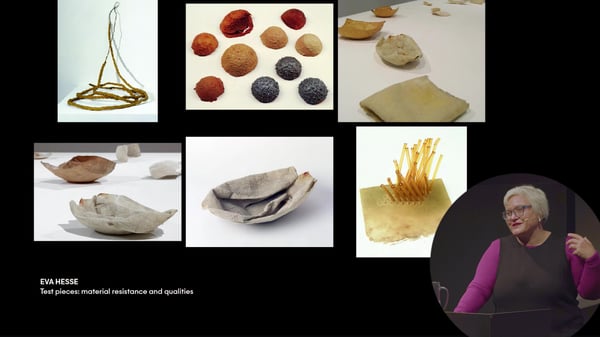The final instalment of Prof. Piotr Piotrowski’s trilogy of lectures, sees the professor discussing the East-Central European (specifically Polish) response to the art historical past. After 1989 the world saw the emergence of the modern/contemporary art museum. However, the modernisation of museums began in the mid 1950s, and referred back to it’s traumatic past.
Piotrowski began with his introductory remarks, which included him explaining that East-Central European’s recent past dealt with the trauma of communism. Their traumatic past acts as a point of reference in both history and art. He went on to ask: ‘What role does art play in relation to trauma?’. His response was, that art does play an important role in traumatisation, whether the work be propaganda or political art.
Piotrowski then introduced new terminology – traumaphelia and traumaphobia, these words derived from post trauma culture. Traumaphelia elaborates on the traumatic past, while traumaphobia suppresses the traumatic past. If a museum takes a traumaphobic approach it loses the opportunity to be political. On the other hand traumaphelic museums overwork the trauma of the past. The Palace of Culture has both social modernist and social realist architecture, which creates a paradox that is neither trauma phobic or traumaphelic.
He’s next introductory point was an observation that although people are discussing the crisis of the museum, there was in recent years a flourish of museums in countries including Spain and China. This can be juxtaposed with Central Europe, which did not see a growing number of museums.
Museums like Museum Sztuki in Lodz, and many others, changed locations to fit in with their contemporary art image. While the Tate Modern in London is rooted in it’s locality, as it features local history. Therefore, appealing to a more local audience than an international one. Piotrowski noted that there were two points of focus, the first being the local audience, which is the community where the museum is situated. And the second being the global audience, which is generated through the tourist industry. However, global is also the local, as multi-ethnic/culture is now embedded into the structure of modern cities.
By Emily Naine





